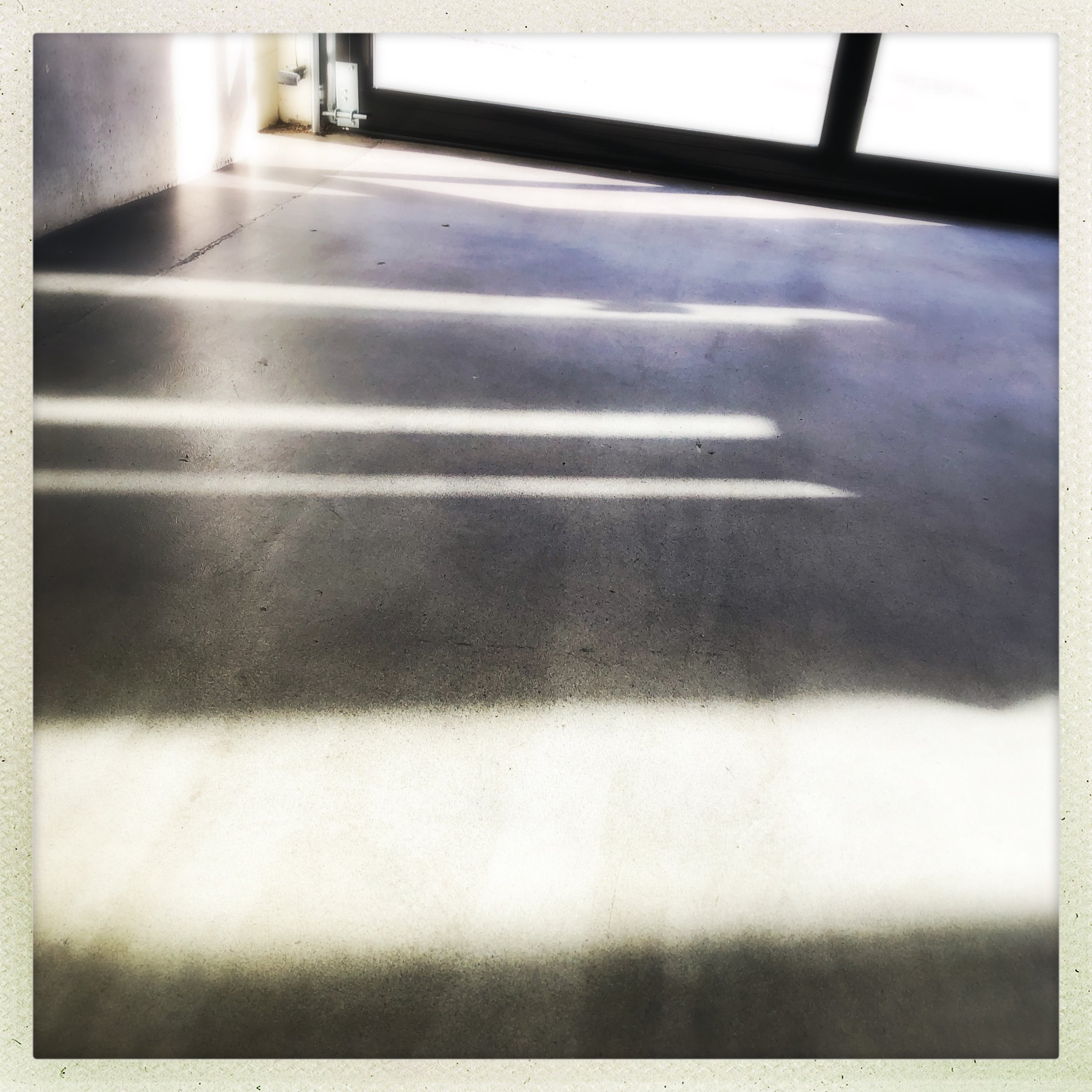In thinking about moving oracles, necessarily in tow are also questions about why human beings have so many systems for asking questions. in part I think, it has to do with wanting to reach out and be touched by Other - be it Spirit or spirit, that spark of connection satiates a kind of thirst which has long dogged our human travels.
1. Is there such a thing as a (current) artifact of contemporary culture?
2. Must an artifact be old? Or used?
3. How is artifact different than remains, remnant, sample or evidence?
4. Is an artifact dependent on being removed from context/location for insight or interpretation?
5. Historically, cults have used objects or rituals to control resources* - what is the approximation of such cult/objects/rituals at present? And which resources are successfully controlled by them?
6. Archaeologists have long struggled to discern the differences between objects of cult and every day*. Is this questions really just another way of asking questions 1 -4 above?
7. If "objects in archaeological contexts rely on place or landscape to give clues"*, does the landscape in turn want/not want objects in certain places? Is it neutral? How would we know if we asked?
8. Does bone/object casting use artifacts of present day to interpret situations and answer questions? If so, see question 1.
(*Archaeologies of cult : essays on ritual and cult in Crete in honor of Geraldine C. Gesell / edited by Anna Lucia D'Agata and Aleydis Van de Moortel.)
So all of these are questions came up as I was thinking about object oracles (versus oracles which inhabit people, or inhabit landscapes and are read, etc.)
-slaughter bone oracles
-pyromantic furculamancy
-Yoruab: tobi
-shona: hakata
-mongolian: shagai
-persian: standing bone oracle
-british fortune telling dice
-gypsy domino oracle
- zulu sangoma
-rootworkers
-diloggun divination (Santeria)
-creatures who, when consulted, "don't make living sounds"
I think object oracles speak to our collecting and naming nature as human beings. Especially at present when we're given messages to surround ourselves with things, usually of small size, to spirit around with us, to consult and rely upon. In many ways telephones and computers and tablets and GPS and buttons that talk to Google or Amazon are all oracles of their own. They gain power in their proximity to us, we look to them to guide us, inform us, educate us. It is a shame, therefore, that they are not of any inherent use or value spiritually. It is a shame that they aren't beautiful, don't have unique personalities, faces, vocal timbres.
I'd like to address that, I think. How might modern day object oracles look if we imbued them with beauty and power reflective only of our own values and questing spirits? What would make us want to hold them, touch them, worry them, bring them from here to there, bear them and bond with them? Thinking thinking...






































































































